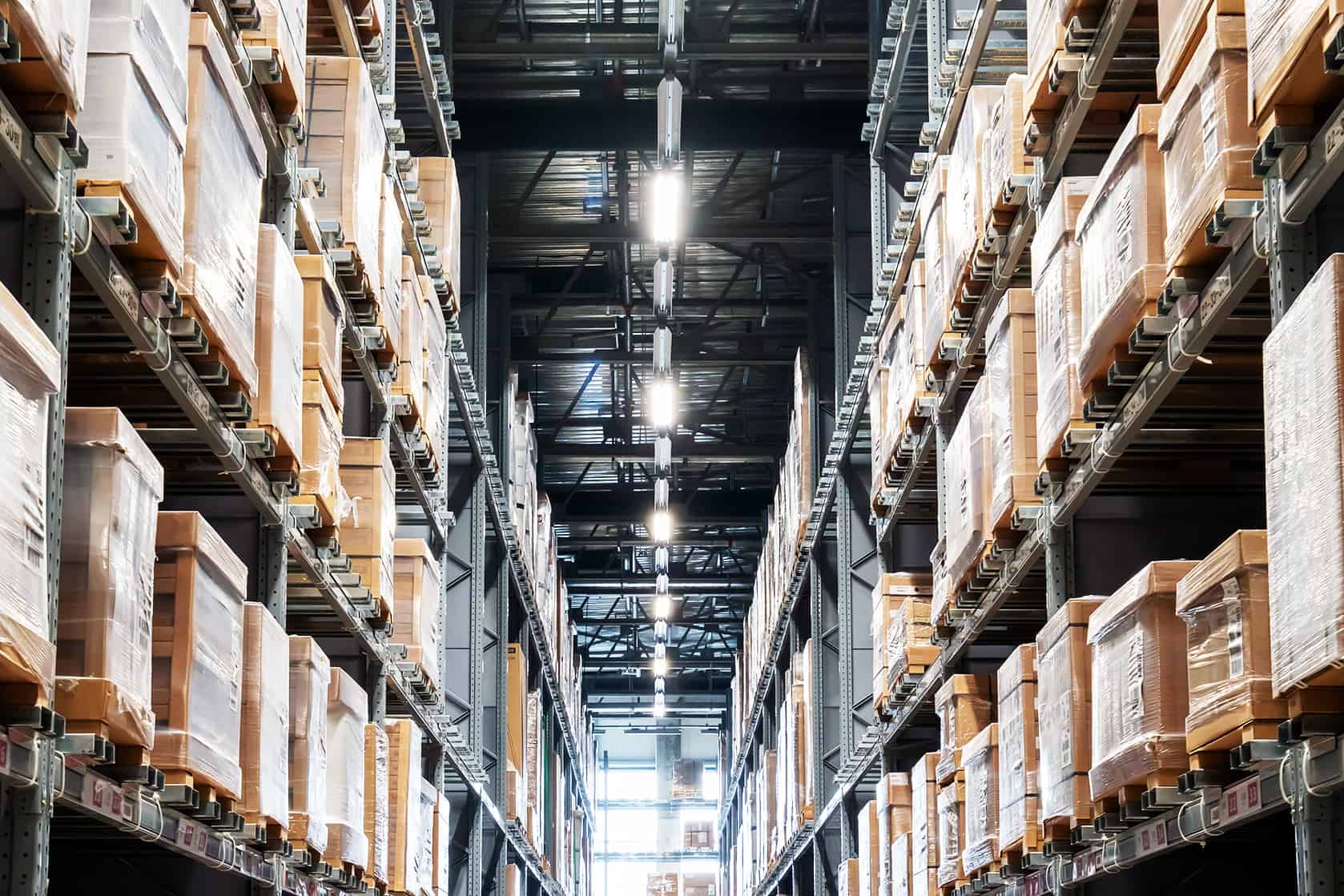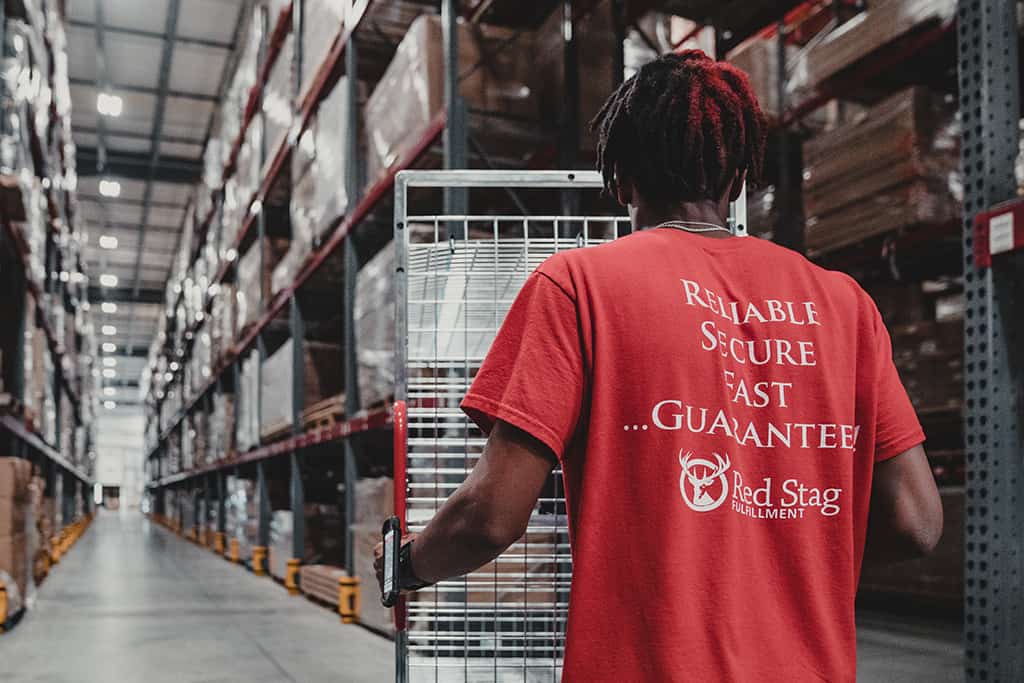Inventory Planning
And Optimization
Inventory planning is one of the biggest challenges an ecommerce business faces. Red Stag Fulfillment provides inventory planning assistance and flexible inventory management for all our clients.









Miscalculating demand forecasting in inventory management can leave you short during a busy sales period. However, holding too much stock, particularly slow-moving inventory, ties up capital and makes it harder to respond. With our inventory planning services, we’ll help you figure it out.

Why Is Inventory Planning Important?









Inventory planning allows you to learn more about your customers and products, better matching sales with the inventory you keep on hand. It’s a smart tool for delivering a consistent eCommerce ROI because it helps you control multiple costs. Planning and forecasts minimize the chances that you run out of stock and lose customers. You’ll also discover opportunities to lower inventory volumes for slow-moving inventory. Reducing excess inventory frees up your cash and optimizes revenue for products by reducing their storage costs.
Red Stag can help you analyze sales as part of inventory planning. We also offer multiple warehouse locations to help you stage the right inventory closest to your customers, reducing fulfillment costs and speeding up delivery times.

Inventory planning done right can prepare you to fill orders while reducing inventory expenses.
Talk With UsHow Can Inventory Planning Save Your Business Money?









Inventory planning helps your business control a variety of expenses including the management and reduction of slow-moving inventory. These are the products that haven’t shipped out in a while and whose storage costs might be eating into your revenue. In the eCommerce world, slow-moving can be something that doesn’t get ordered in a matter of weeks or across months. What’s important for your business is understanding when these SKUs start costing you more for storage than they generate in sales and overall order value.
Red Stag’s experts can help you run the right inventory planning analytics to assess current stock and make demand forecasts based on past data. You’ll get help understanding how much inventory to carry and if you might be able to reduce your resupply rates to optimize overall spend, while still having products ready for customers.
Do You Have Too Much Capital Tied Up In Inventory?









One of the chief benefits of inventory planning and management is that companies can see how much capital is currently tied up in inventory, then determine if that’s the right amount. By looking at how quickly inventory turns over and your expenses related to storage, fulfillment, and shipping, your eCommerce business can identify areas of potential savings, freeing up more revenue to invest in business growth.
We help eCommerce companies review their stock to see how quickly it sells and optimize levels based on how often you reorder goods. Inventory planning may help you identify a better schedule, too, so that you get the best rates on inbound shipping and optimize the shelf space you use.

Work With The Inventory Planning Pros









Good inventory planning benefits your business. At Red Stag Fulfillment, we know that when your business grows, our business grows. We have helped many of our eCommerce clients with inventory management and forecasts. We want to share inventory planning insights with you, too. Finding the sweet spot in your inventory turnover can be tricky. We want to help you get it right.
Let Red Stag Fulfillment Help You Maximize Your Profits With Smart Inventory Management.
You need accurate data for reliable inventory planning. Red Stag Fulfillment offers real-time inventory data through our online dashboard. You can see your exact stock count for each product at any moment. Pair it with our zero-shrinkage guarantee, and you can determine inventory turnover ratios based on real data, with no lost or damaged merchandise to throw off your calculations. Accurate, reliable inventory planning is how eCommerce companies streamline operations and improve margins.
Inventory Turnover + An Award-Winning Fulfillment Partner = A Successful Ecommerce Business.
Red Stag Fulfillment has been named one of the top fulfillment companies in the U.S. for several years in a row. That’s because we strive to bring the highest level of quality to the fulfillment services that we provide. If you work with us, we’ll help you solve all your inventory management puzzles. Inventory planning is a free service we offer to all our clients. Maybe that’s why we have some of the highest client satisfaction scores in the industry. What can Red Stag Fulfillment do for you?



